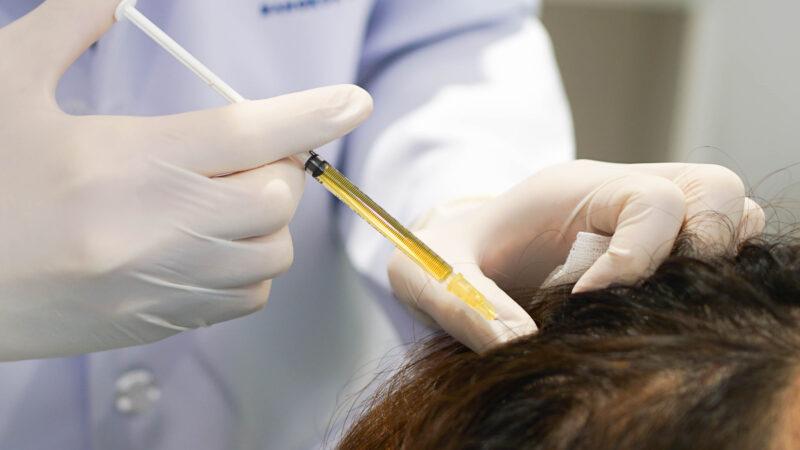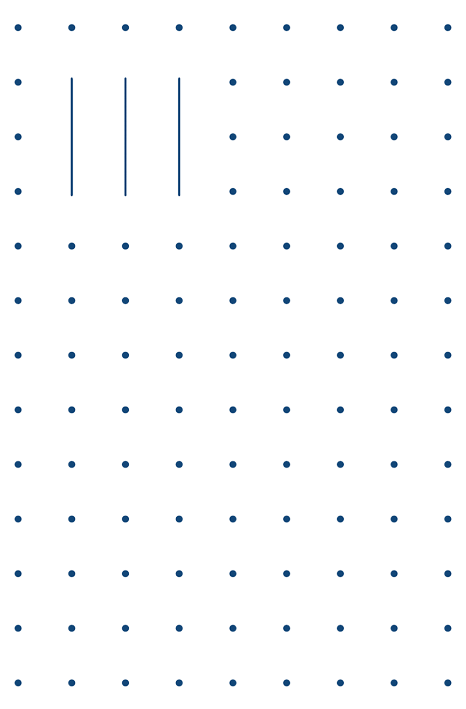
GFC กระตุ้นรากผมคืออะไร ? ทางเลือกใหม่เพื่อเส้นผมที่แข็งแรง


ในยุคที่ความเครียดและมลภาวะส่งผลกระทบต่อสุขภาพเส้นผมมากขึ้นเรื่อย ๆ ปัญหาผมร่วงและผมบางได้กลายมาเป็นความกังวลของคนทุกเพศทุกวัย ซึ่งนอกจากจะส่งผลต่อรูปลักษณ์ภายนอกแล้ว ยังกระทบต่อความมั่นใจในการใช้ชีวิตประจำวันด้วย แม้ปัจจุบันจะมีผลิตภัณฑ์และวิธีการรักษามากมาย แต่ก็ยังไม่สามารถแก้ปัญหาได้อย่างตรงจุดและยั่งยืน
GFC หรือ Growth Factor Concentrate จึงเป็นนวัตกรรมที่ได้รับการพัฒนาขึ้นเพื่อตอบโจทย์การรักษาปัญหาเส้นผมอย่างตรงจุด ด้วยการใช้เทคโนโลยีการสกัด Growth Factor จากเลือดของผู้รับการรักษาเอง ทำให้ได้สารสกัดที่มีประสิทธิภาพสูงในการกระตุ้นการเจริญเติบโตของเส้นผม ฟื้นฟูรากผมที่อ่อนแอ และเสริมสร้างความแข็งแรงให้กับหนังศีรษะ
เทคโนโลยี GFC กระตุ้นผมเกิดใหม่ ทำงานโดยอาศัยหลักการของ Growth Factor ซึ่งเป็นโปรตีนที่มีความสำคัญต่อการเจริญเติบโตของเซลล์ โดยจะทำการสกัด Growth Factor จากเลือดของผู้เข้ารับการรักษา เพื่อให้ได้สารสกัดที่มีความเข้มข้นสูง เมื่อนำมาฉีดเข้าสู่หนังศีรษะ จะช่วยกระตุ้นรากผมให้แข็งแรงและเจริญเติบโตได้ดียิ่งขึ้น
1. ตรวจประเมินสภาพเส้นผมและหนังศีรษะ เพื่อวางแผนการรักษาที่เหมาะสม
2. เก็บตัวอย่างเลือดจากผู้รับการรักษา
3. นำเลือดมาผ่านกระบวนการสกัดเพื่อให้ได้ Growth Factor ที่มีความเข้มข้นสูง
4. ฉีดสารสกัดเข้าสู่หนังศีรษะในบริเวณที่มีปัญหา
5. แพทย์ให้คำแนะนำในการดูแลหนังศีรษะหลังการรักษา
ผู้รับการรักษาด้วยวิธีกระตุ้นรากผม GFC มีโอกาสที่จะเห็นผลลัพธ์เบื้องต้นได้ภายใน 1-2 เดือน และจะชัดเจนในเดือนที่ 3 โดยจะสังเกตเห็นว่าเส้นผมค่อย ๆ แข็งแรงขึ้น หลุดร่วงน้อยลง เส้นผมใหม่เริ่มงอก และหนังศีรษะมีสุขภาพดีขึ้น
Bangkok Hair Clinic คลินิกเวชกรรมด้านเส้นผมและหนังศีรษะใจกลางย่านทองหล่อ ได้รับความไว้วางใจจากผู้มีปัญหาเส้นผมมาอย่างยาวนาน ด้วยทีมแพทย์ที่มีประสบการณ์กว่า 10 ปี พร้อมด้วยเครื่องมือและอุปกรณ์นำเข้าจากต่างประเทศ นอกจากนี้ เรายังให้ความสำคัญกับการออกแบบการรักษาที่เหมาะสมกับแต่ละบุคคล เพราะเราเข้าใจดีว่าปัญหาเส้นผมของแต่ละคนมีความแตกต่างกัน คุณจึงสามารถมั่นใจได้ในผลลัพธ์การรักษาที่มีประสิทธิภาพ
อย่าปล่อยให้ปัญหาผมร่วงบั่นทอนความมั่นใจของคุณอีกต่อไป Bangkok Hair Clinic พร้อมดูแลและให้คำปรึกษาโดยทีมแพทย์เฉพาะทาง สามารถจองคิวปรึกษาฟรีได้ที่